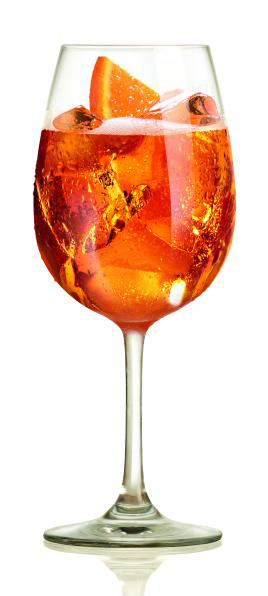The Last Supper Part II: My Last Week in Rome
I am now at my final week in Rome. After approximately four months in the Eternal City I barely feel I know it at all. There are bits and pieces—routes I’ve carved out in my mind; the course of the 870 bus up Gianicolo Hill, a thread of direction in the tangled streets of the Centro Storico, between Piazza Navona and the Pantheon, the route between restless crowds in Trastevere after nightfall—but Rome was so much bigger than I expected.
There have been other places I’ve touched; Monti with its ivy curtain on the corner of Via Panisperna, Pigneto with its little bungalows and street art and Testaccio, just slightly rough around the edges. It’s not the same as really living somewhere, when you study abroad. It’s a taste of it but four months is just drop in the ocean.
I think I’ve said this before but I’m reminded of the thought now that I’m in my final days here: I could live in Rome a lifetime and never know it fully. To think that four months would suffice—it’s nowhere near enough time. Still I was inspired reading Julia’s blog post about her host brother asking her what she actually liked about Buenos Aires. It made me think about what I really know about Rome, beyond its founding myth and the boundary lines of certain neighborhoods and the price of a ticket to the Vatican Museum.
So I’ve compiled a list of things I’ve come to know about Rome. Some of them are things I’ve loved, and some of them are things I’m ready to be done with, but all of them are tiny facets of my time here. They’re part of this experience here which has been something that I can’t assign any sort of value to, positive or negative, and that can only be remembered in moments rather than with any sort of overarching sentiment or conclusion.
So here it is, Rome, and what I’ve come to know of it:
The confetti that littered the ground around the time of Carnevale.
The aspens and the palm trees and the honeysuckle and purple flowers which came with spring.
The local bars without any of the fuss of cafes back home but with equally good and exponentially cheaper fare. I can’t believe the days of 1 euro cappuccinos are soon to be behind me!
The painful cobblestones. They’re beautiful and I have to believe they’ve made me a stronger person. Or at least my feet.
The old water fountains, at first a mystery to me, and which I’ve finally mastered. Knowing how to use one correctly is a quick and easy way to feel like less of a tourist.
The pain of a 2 euro charge for still water at almost every restaurant in Rome.
The nuns and the priests throughout the city.
Even better: the monks and the friars. Where else in the world would you see Franciscan friars (with their long brown robes and the white rope around their waists) walking down the street as you go to catch the bus home?
The piazzas at night filled with people and bottles of wine, somehow lively and quiet at the same time.
The comparative din around places such as Bar San Calisto where American students, Italian high-schoolers, and locals anywhere from twenty-two to sixty-two will spend an evening drinking and talking to strangers.
Shops and restaurants with no names at all.
The opulent antique stores along Via dei Coronari.
The way the city is filled to the brim for Catholic holidays.
The prevalence of take away pizzerias and gelaterias.
The absence of any other kind of take away.
The utter dearth of food trucks.
The fact that the only people eating in a restaurant before 8:30 are Americans.
A satisfying aperitvo where you can get a whole meal and a drink for under 12 euros if you know the right places to go.
How medicines are all sold at old school pharmacies where almost everything is behind the counter.
The fact that many people dry their clothes on lines and without a dryer.
The way people wear down coats even when it is sixty degrees out because it is still March.
The way you stand out as an American when you wear temperature appropriate, season-inappropriate clothes, or too many bright colors.
The diminutive but welcoming religious minority communities.
The incongruous Egyptian obelisks throughout the city (and the one pyramid).
The Pantheon, a temple which became a church, and then inspired Baroque architects to construct churches that looked like temples.
How easy it is to take a plane to somewhere with a completely different language and culture.
How easy it is to take a train to a quiet medieval fortress town and look out at the iconic Italian countryside.
Having the chance to visit the Forum before the hordes of tourists arrive, when it can feel just a bit more like a ghost town and not a tourist attraction.
The sense of achievement after any successful interaction conducted in Italian, no matter how minor.
The sense of accomplishment at having a list like this, and of being able to write more. Of having some way to account for an experience which was too unwieldy to put any sort of conclusion to.
The next entry I write will be after I’ve been home for a few days. I can’t imagine how I will be feeling then but I know no matter what I’m thankful that I’ve been able to have this experience.




